PC Gamer talks to ELITE DANGEROUS creator David Braben about the way Frontier’s simulated galaxy reflects our own.

In February 2017, NASA announced that the TRAPPIST-1 system—located a mere 229 trillion miles from Earth—contains seven terrestrial planets, three of which are in the so-called Goldilocks zone. Almost 4,000 exoplanets have been detected by astronomers to date, but the large number of Earth-sized planets in this particular system makes the discovery special.
When I heard about it, my immediate thought was: I want to go there in Elite Dangerous. Frontier has reacted to real-world astronomy discoveries before in its realistic simulation—including updating Pluto to reflect the images taken by the New Horizons probe—and I wondered if TRAPPIST-1 would receive similar treatment. I was delighted to discover that it would.
The system is now in the game waiting to be visited. The perfect excuse to take my Cobra for a spin and do some space tourism, and also to talk to Elite creator and Frontier founder David Braben about the system and its inclusion in the game’s simulated galaxy.
“The tool we use to generate our Milky Way is called Stellar Forge, and it’s evolved from what was in Frontier long ago in terms of predicting how the galaxy works,” he says. “Beyond about 40-45 light years, even Hubble can’t see M-class red dwarf stars. They’re tiny and quite faint, and that’s what TRAPPIST-1 is. It’s right on the edge of what can be seen, even with the best telescopes.”
هذه القصة مأخوذة من طبعة July 2017 من PC Gamer US Edition.
ابدأ النسخة التجريبية المجانية من Magzter GOLD لمدة 7 أيام للوصول إلى آلاف القصص المتميزة المنسقة وأكثر من 9,000 مجلة وصحيفة.
بالفعل مشترك ? تسجيل الدخول
هذه القصة مأخوذة من طبعة July 2017 من PC Gamer US Edition.
ابدأ النسخة التجريبية المجانية من Magzter GOLD لمدة 7 أيام للوصول إلى آلاف القصص المتميزة المنسقة وأكثر من 9,000 مجلة وصحيفة.
بالفعل مشترك? تسجيل الدخول

"The War Within itself has kept me coming back most evenings too"
WORLD OF WARCRAFT remains my jailer, and I couldn't be more pleased about it
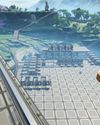
OK BUILDER
SATISFACTORY is the new titan in building and crafting games

HELL YES
DIABLO IV: VESSEL OF HATRED is a transformative expansion
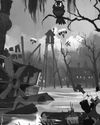
MOUSE: PI FOR HIRE
This mouse wants to be more than just a gimmick

WINDBLOWN
Dead Cells dev's new roguelike has me afraid for my free time
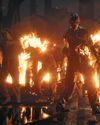
NO MORE ROOM IN HELL 2
As the zombie horde surrounded me just moments after taking down my two remaining teammates, the writing was really on the wall. Armed with just a chef's knife, it was clear I stood no chance, but I was going down swinging, hoping for a miracle... it didn't come.

OWNED BY STEAM
VALVE cordially reminds you that your games aren't yours

CURSE OF THE AZURE BONDS
These classic games haven't aged badly, but I sure have.
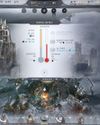
DEEP FREEZE
Endure a blizzard of tough choices and rough consequences in FROSTPUNK 2
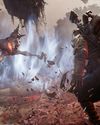
NEW HORIZONS
Building up REMNANT 2 outside the live service game grinder